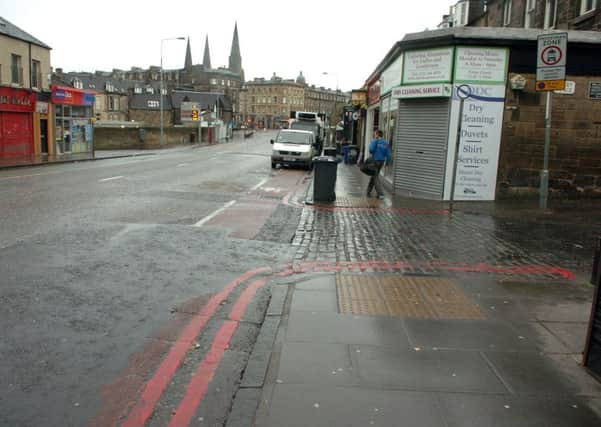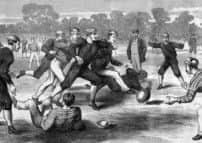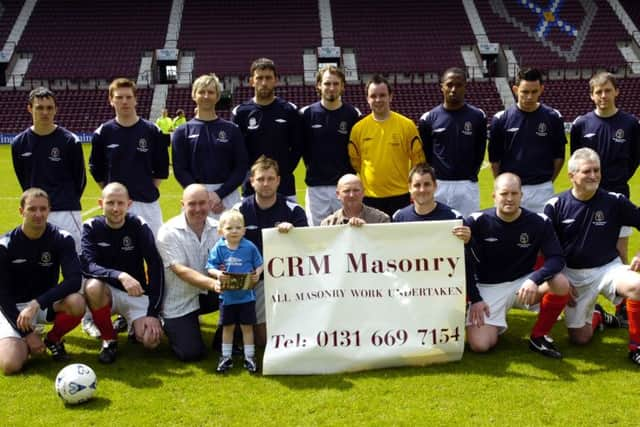Lost Edinburgh: The Foot-Ball Club


Despite its status as a provincial footballing city, Edinburgh has played an important pioneering role on a handful of occasions down the years. Hibernian will forever be the first British side to play in European competition, while Hearts are well-known for being the first to enlist for war. Then there’s the Foot-Ball Club of Edinburgh, the club that claims to be the first… of them all.
Formation
Formed in Dalry in 1824 - with the records to prove it – Edinburgh’s Foot-Ball Club are thought to be the oldest club to play football of any description on the planet. Mr John Hope, a 17 year old student lawyer set up the club to raise money to help the poor working classes of Dalry. The original team consisted of around sixty members, a mixture of New Town legal professionals, doctors and accountants. Although there were similarities, the club did not participate in a code of the game as we know it today. Modern association football rules did not begin to be implemented across the British Isles until the 1860s.


Advertisement
Hide AdRecords stored by the National Archives of Scotland state that the early ‘rough and ready’ incarnation of the game, as played by the Foot-Ball Club, featured as many as forty hardy souls on the pitch. Pushing and shoving an opponent were permitted, as was occasionally handling the ball. Only blatant tripping was strictly forbidden. ‘Such kicking of shins and such tumbling’ is how one spectator described the no-holds-barred action. Club expenses peaked at six shillings - which included money to pay a boy to blow up the football before each match. The Foot-Ball Club met every summer at Dalry Park on the land that now makes up Dalry Place for the next seven seasons, before switching briefly to Greenhill Park in Bruntsfield, and later at Grove Park close to modern-day Gardeners Crescent. They disbanded and disappeared without trace in 1841 with just 17 years of history behind them.
Sheffield FC
Despite having been formed 33 years after the Foot-Ball Club of Edinburgh, the still-extant Sheffield FC (1857) is officially recognised by both FIFA and the English FA as being the oldest in the world. It is difficult to dispute the fact that the brand of football which Sheffield played in its early days would have been much closer to contemporary association football than that on display in the parks of Scotland’s capital back in 1824, and unless FIFA extend their criteria to include clubs which failed to survive the formation of the game’s modern rules, there appears to be next to no chance of Edinburgh ever snatching the coveted record from South Yorkshire’s Victorian pioneers. Scotland’s official oldest association football club, Queens Park, formed in 1867, would no doubt be in opposition to such a u-turn at any rate. Nevertheless, back in 2007, one man felt it was worth a shot…
Reformation of the Foot-Ball Club


Upon discovering that a football club had existed in Edinburgh 166 years before, former Spartans community coach Kenny Cameron, decided to resurrect John Hope’s long since defunct team (minus the archaic hyphen). Cameron’s modern interpretation of the historic Foot-Ball Club continues to this day in the local Sunday amateur league. There is also a ladies team plying their trade in the SWFL Second Division. A quick browse of the club’s official website reveals that they still consider themselves the rightful holders to the title of the world’s oldest football club - despite scant hope of any official recognition. The audacious attempt to revive a 190-year-old legacy has caused quite a stir, though given that the men’s team currently languish at a level where comical names such as Hibeernian and Boca Seniors are commonplace; it could be a while before they’re vying for a spot among the nation’s elite.